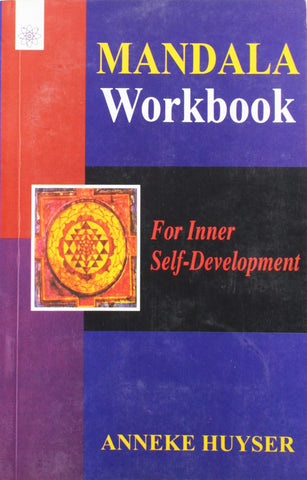Your cart is empty now.
Buddhism is a religion, but not a dogma. It's agnosticism and rational outlook have attracted many Western scientists. There is abundant literature on similarities between Buddhism and Science.
Two theories, relativity theory and quantum theory shook the very foundation of physics in the 20th century. Of the two, quantum theory reveals a truly mysterious sub-atomic world with its mind-boggling phenomena. For example, such entities as electrons, protons and photons (light particles)or waves as the occasion demands. This is called matter-wave duality.
In Buddhist philosophy, scholars have found a doctrine called catuskoti which is astonishingly similar to matter-wave duality. violate the Aristotelian laws of thought.
The book analyzes two apparently contradictory parallels; (1) the similarity between Buddhist philosophy and scientific thought, and the (ii) the resemblance between mystical catuskoti and mysterious matter-wave duality. The book also tries to dispel misconceptions harboured by laypersons about quantum theory.
About the Author(s)
Jayant Burde received his M.Sc. degree in mathematics from Bombay University and a law degree from Bangalore University. He is also a Certificated Associate of the Indian Institute of Bankers. His published papers contain mathematical models in finance, costing and organizational structure.
He has also authored five books: Philosophy of Numbers, Rituals, Mantras and Science (MLBD, 2004), Sunya and Nothingness (MLBD 2009), The Mystique of Om (New Age Books, 2007) and The World of Rhythm called Rituals (New Age Books, 2007).
Buddhism is a religion, but not a dogma. Its agnosticism and rational outlook has attracted many western scientists. There is abundant literature on similarities between Buddhism and science.
Two revolutionary theories were born in the twentieth century. Relativity theory brought about radical changes in the scientific concept of space, time and gravitation. Quantum theory was more shocking, it was weird and so bizarre that it dazzled contemporary physicists. This micro world within our classical world was truly mysterious where the laws of science appeared to be violated and many classical concepts in science seemed to lose meaning.
Western scientist and scholars soon discovered that there were many similarities between RQ (Relativity- Quantum) theories and eastern mysticism. Much has been written by both western and eastern scholars on parallelism between RQ theories and eastern mysticism. In Buddhist logic they found a doctrine called catuskoti which was astonishingly similar to a quantum phenomenon called matter wave duality. It refers to the strange behaviour of light and subatomic particles like electrons: light behaves sometimes as a wave and sometimes as a stream of particles, and electrons, normally conceived as particles, sometimes display wave properties catuskoti and matter-wave duality both seemed to violate the most sacred Aristotelian laws of thought; the law of excluded middle and the law of contradiction.
Most commentators on science do not seem to have realized that now they confronted an new riddle:
(1) Buddhist teachings were similar to the principles of science.
(2)There were parallels between eastern mysticism and RQ theories. The most singular discovery was that Buddhist logic had a mystical school whose teaching violated the three immutable laws of thought, but which seems to endorse the schizophrenic behaviour of the actors in quantum world.
How do we solve this conundrum of parallelism? Isn’t it ironical that the credo which scientist looked upon as a model of scientific religion harboured dark mysteries? Or had they found in Buddhist logic solutions to quantum puzzles and a path to New Science? Do we need a different quantum logic to deal with modern science?
This book analyzers these two apparently contradictory parallels
(i) That between Buddhism and science and
(ii) that between eastern mysticism and modern science.
In this work Buddhist logic and quantum world are the principal areas of investigation. My focus on Buddhist logic and quantum theory stems from the fact that they are the most important areas for comparison. But you will also find many references to other eastern philosophies on the one hand and relativity physic on the other.
In order to fully understand the nature, degree and limitations of parallelism, we have not only to analyze the basic concepts in science but also apparent contradictions in Buddhist philosophy. What’s more, the well established laws of deductive (western) logic need to be reexamined for their correct interpretation. This is what this book attempts to do.
Every author who selects an interdisciplinary topic, faces the problems of the reader’s prerequisites. After much deliberation, I thought it would be proper to assume that the reader is familiar with western logic and high school mathematics. At some places I have included important mathematical equation used in physics for the purpose of completeness. I have explained the meaning of these equations in a simple language. It is not necessary for the reader to remember the formulas or know the method of their derivation.
Finally, in the title the term Buddhist Logic was purposely chosen. The word “logic” is flexible. In the narrow sense it means what Aristotle thought were the fundamental laws of thought. In a broader sense, especially with reference to Buddhism, it connotes epistemology and even metaphysics. The title suggests that the books incorporates these three branches of philosophy, but emphasizes that it also discusses logic in the narrow sense. This is the area which is generally ignored by analysts who explore similarities between Buddhism and modern science.
The twentieth century witnessed the emergence of two revolutionary theories in physics, relativity and quantum theories. They not only shook the fundamental concepts in physics, their impact was truly seismic and was felt in every branch of human knowledge. I have called his phenomenon RQ effect (R for “relativity” and Q for “quantum”). RQ theories threw up many mysteries which could not be explained by contemporary science. In fact, even the fundamental laws of deductive logic appeared to be violated. Of these two theories quantum theory is more puzzling and leads to a bizarre subatomic world. This mystical quantum world has attracted many western intellectuals including scientist, philosophers, religious scholars and sci-fi writers. Many eminent scholars have found a number of parallels between eastern mysticism and RQ theories, especially the quantum phenomena.
There is abundant literature, technical as well as popular, relating to RQ mysteries and eastern mysticism. Some of the eminent commentators who have contributed to this literature include Roger Penrose, Fritj of Capra and Deepak Chopra.
This book critically examines in what sense eastern philosophy and mysticism is analogous to RQ conundrums. For several reasons my focus is on logic. I have chosen Buddhist logic as the principle area of investigation. The mysteries relating to other areas are dealt with only briefly. First, while there are many excellent critique that have explored other branches of eastern philosophy, logic, especially Buddhist logic, has not been paid adequate attention. Secondly violation of (deductive) logic is much more perplexing than violation of physical laws. The latter are subject to revision as science progresses. For instance, scientist once treated energy and matter as entirely different; but Einstein’s relativity showed that they are interconvertible and his equation E = mc2 could be empirically verified. However such assertions as “x is both A and not – A” looks logically absurd because it violates the well established law of contradiction which was formerly treated as one of the laws of thinking innate to the human mind. Such apparent violation occurs in multi-valued truth systems of logic which differ from our bivalent logic (true / false).
In Buddhist catuskoti there are four truth values while in jaina saptabhangi there are seven truth values. While some commentators mention these facts they do not seem to have analyzed catuskoti or saptabhangi vis-à-vis quantum mysteries in depth.
Thirdly when we contend that in the quantum world the laws of western classical logic, viz. the law of identity, the law of excluded middle and the law of contradiction are violated, we have first to analyze these “foundational” laws de nouveau to ascertain what they actually mean and do ensure that their usage is uniform.
For example, the words “identity” and “identical” are used in several senses. Such semantic ambiguities can lead to dubious parallels between quantum phenomena and eastern philosophy.
Ostensibly both Buddhist and Jaina philosophies have multi-valued truth systems, but there is a difference between how the logicians of these two systems interpret logical deadlocks. Jaina scholars prefer interpretations shared by common people, steering clear of mystical areas, while Buddhist logicians often tread the apparently mystical or transcendental terrain. This is why Buddhist logic has to be analyzed in depth.
While Buddhist logic and quantum theory are the principal areas for comparison, I have discussed many other topic such as “thought experiments”, similarity between relativism and Einstein’s relativity, and a number of apparently mystical concepts which arose in the wake of RQ shock and which cannot be divorced from these two theories.
But as we begin to compare the two apparently mystical areas of Buddhism and quantum world, we confront a paradox or rather a puzzle within a puzzle. Scholars usually consider Buddhism the most “scientific religion”, it appears to stand closer to science than to religion because of its rational outlook and agnosticism. This necessitates a thorough comparison between Buddhism and science. This exercise should provide us a greater insight into the nature of connections we intend to find out.
| Preface | IX | |
| Pronunciation of Saskrit / Indic Phonemes and words | XIII | |
| Abbreviations | XVII | |
| Symblos | XIX | |
| Part I - Identity And Diversity | 1 | |
| 1 | Introduction | 3 |
| 2 | The Riddle | 7 |
| 3 | Identity | 17 |
| 4 | Knowledge, Universals and Particulars | 23 |
| 5 | Perception and Concept Formation | 35 |
| 6 | Individuals and Classess | 49 |
| Part II - Buddhist Logic | 65 | |
| 7 | Sakyamuni's Teachings | 67 |
| 8 | Development of Buddhist Philosophy | 73 |
| 9 | Momentary Being and Causation | 81 |
| 10 | perception in Buddhism | 91 |
| 11 | Inference | 101 |
| 12 | Syllogism | 109 |
| 13 | Logical fallacies | 121 |
| 14 | Sunyata, Logic and Dialectic | 129 |
| 15 | Anekantavada in jainism | 137 |
| 16 | Catuskoti in Buddhism | 151 |
| 17 | Logacal Impasse | 161 |
| 18 | Logic and Dialectic outside India | 173 |
| 19 | Knowledge, Wisdom and Love | 183 |
| 20 | The Three laws | 193 |
| Part III - Quantum Dilemma | 201 | |
| 21 | Buddhism and Science | 203 |
| 22 | Relativity : Interpretation and misinterpretation | 221 |
| 23 | Subatomic Particles | 235 |
| 24 | Particles wave Duality | 243 |
| 25 | Quantum System : Intrusion and Disturbance | 265 |
| 26 | Life, Cognition and Consciousness | 285 |
| 27 | Violation of logic | 301 |
| 28 | The Concept of a Field | 309 |
| 29 | Universal Relativity | 325 |
| 30 | Eastward Ho! | 335 |
| 31 | Integration | 345 |
| 32 | Conclusion | 369 |
| Chapter Notes | 385 | |
| Appendix | 401 | |
| Bibliography | 405 | |
| Index | 409 |
Sample Pages
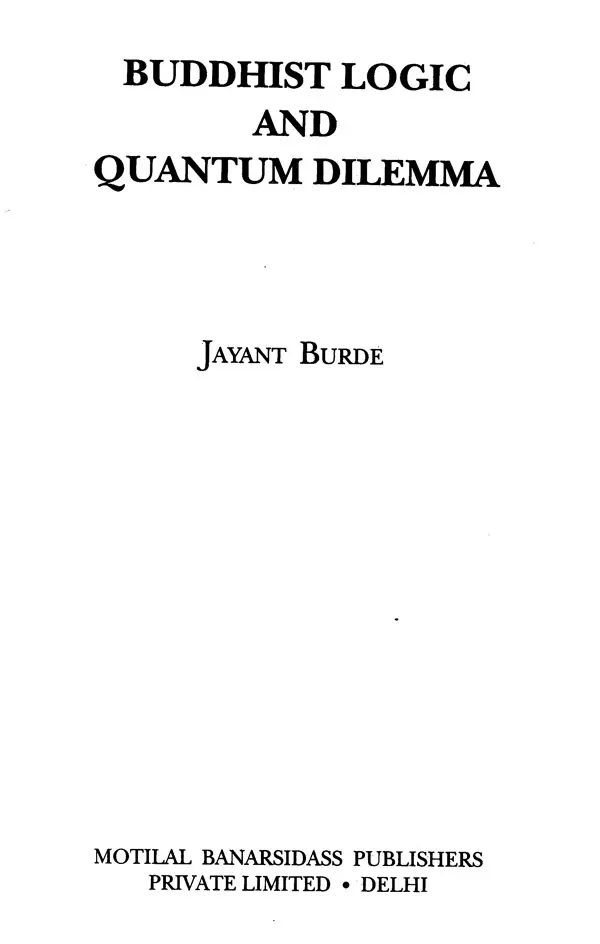
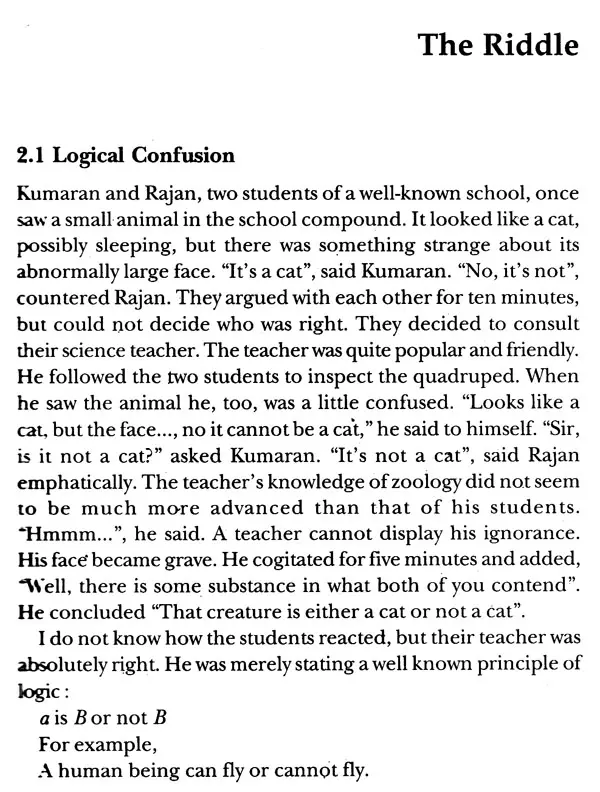
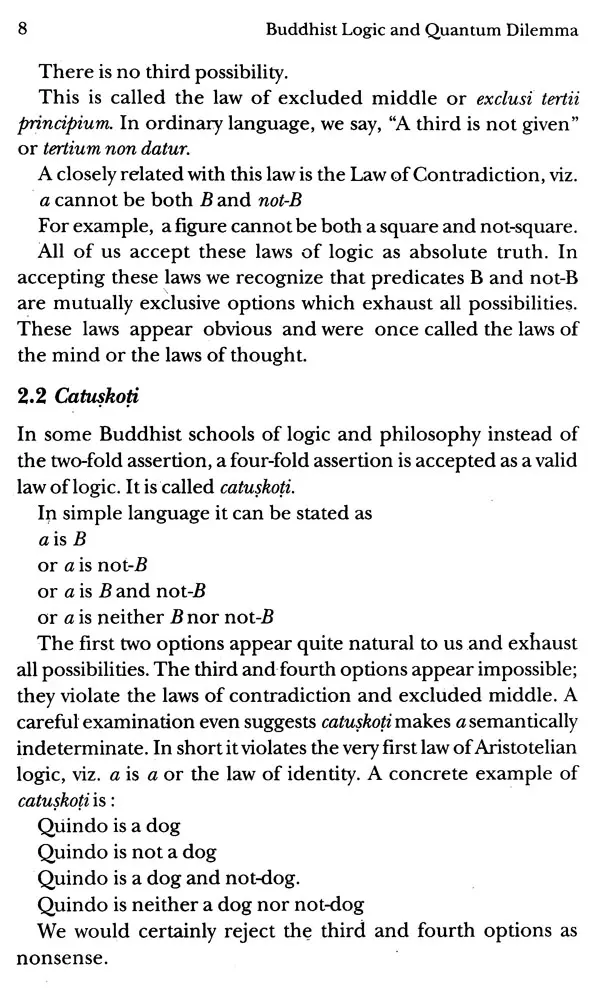
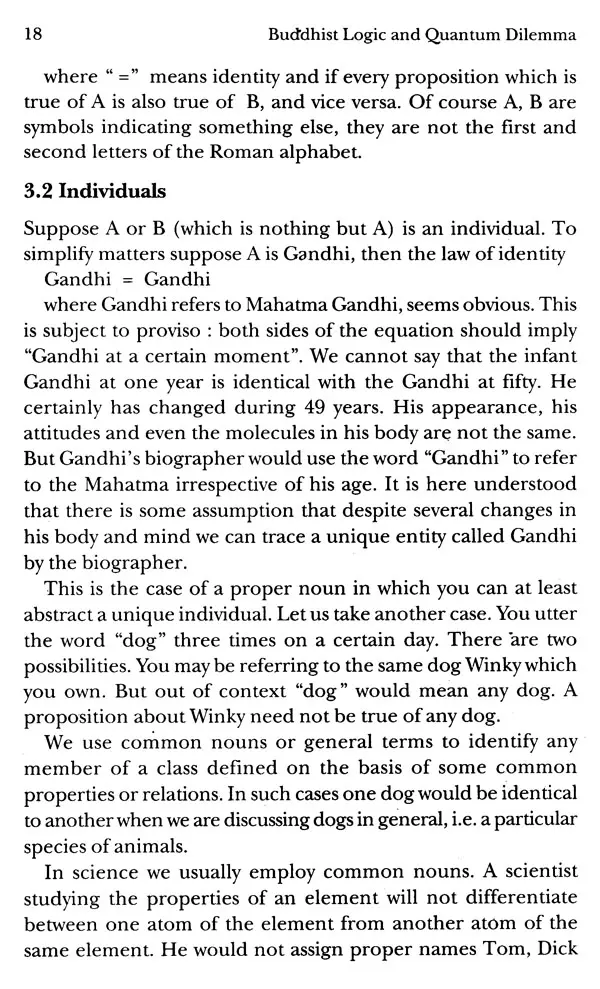
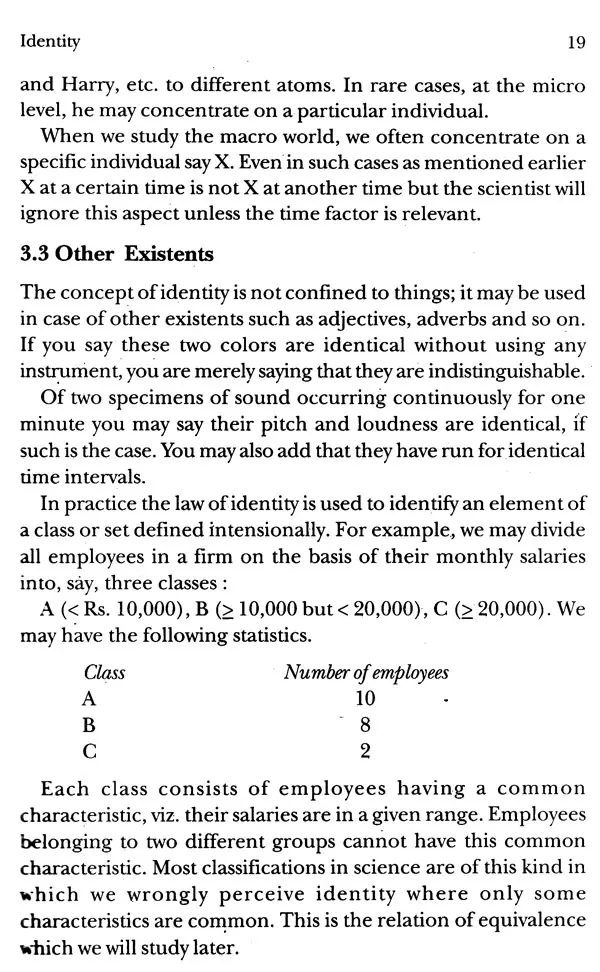
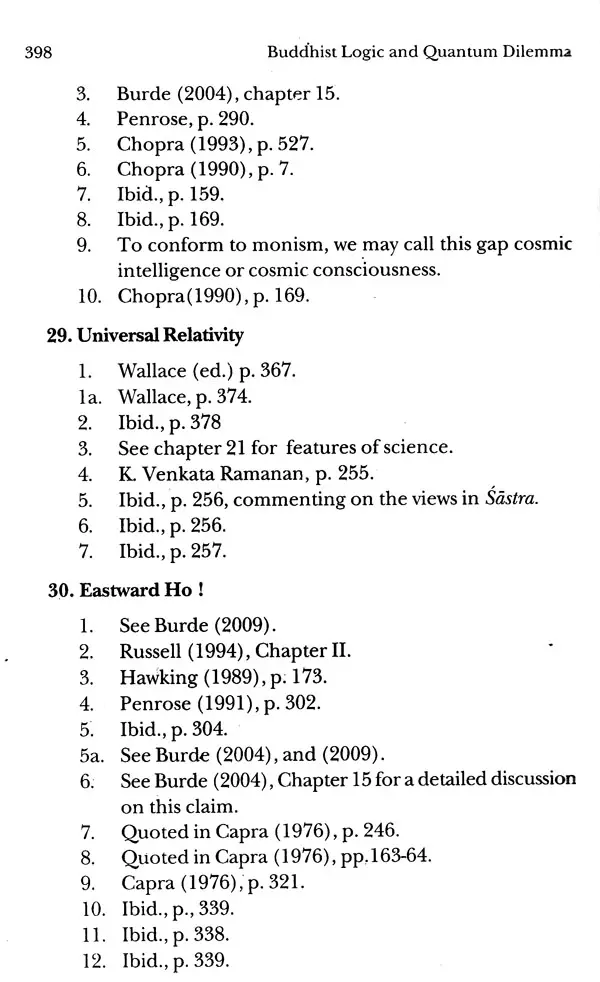
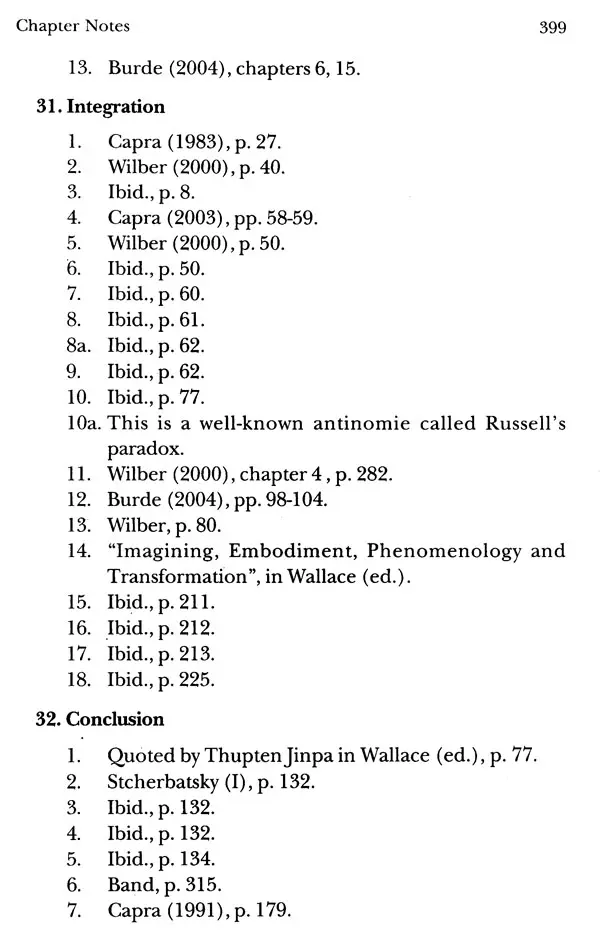
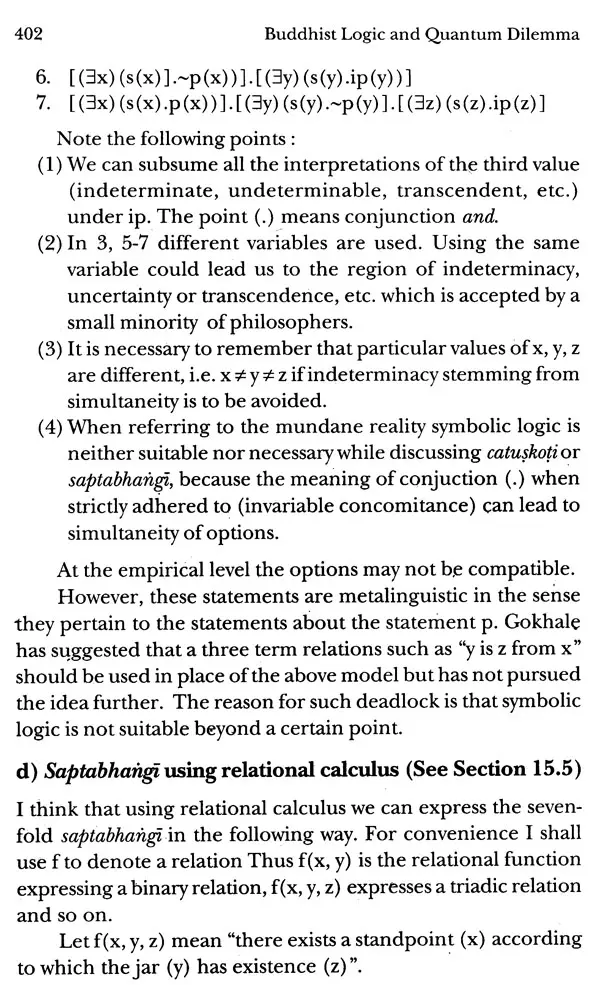
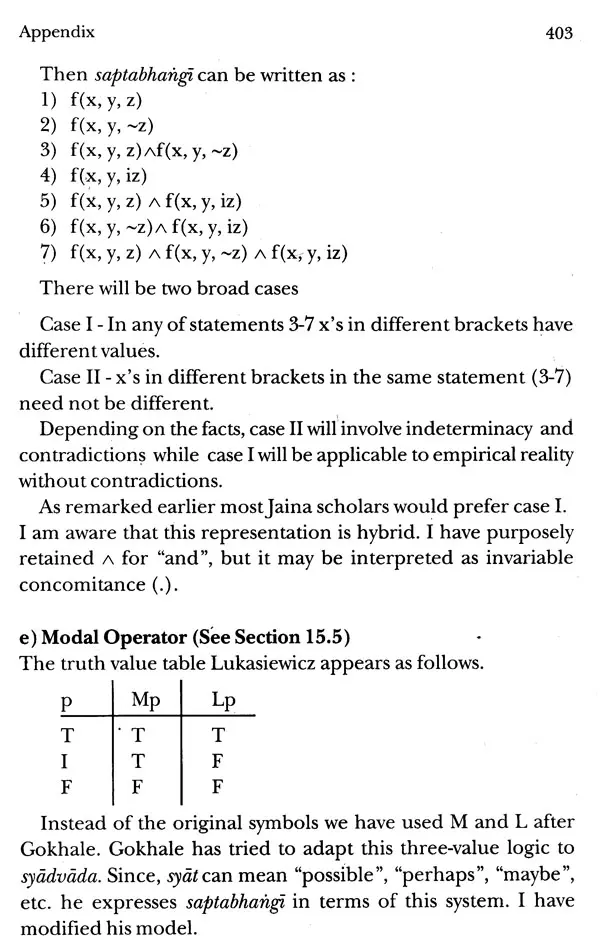
Delivery and Shipping Policy
- INTERNATIONAL SHIPPING
- Rs.1000-1100/kg
- ESTD. Delivery Time: 2-3 weeks (depending on location)
- Bubble Wrapped with Extra Padding
- NATIONAL SHIPPING
- NCR: Rs. 30/half kg
- Standard: Rs. 80/half kg
- Express shipments also available on Request
- ESTD. Delivery Time: Ranging from 1-4 days up to 7 business days (Depending on your choice of Delivery)
- TRACKING
- All orders; national or international, will be provided with a Tracking ID to check the status of their respective orders
- Depending on the Shipping Service, Tracking ID may be used on their respective tracking portals
Frequently Asked Questions (FAQs)
Domestic Shipping: 3-4 Days (after shipping)
International Shipping: 1-2 weeks (based on your location)
You will receive an email once your order has been shipped or you can email us if you didn't receive tracking details (info@mlbd.co.in)
Every book that we sell is the latest edition except all the rare books
Yes, we do provide free shipping, only on domestic orders (within India) above Rs.1500



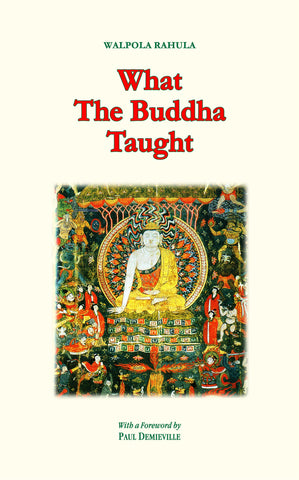
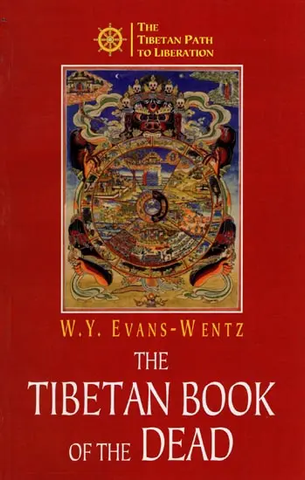
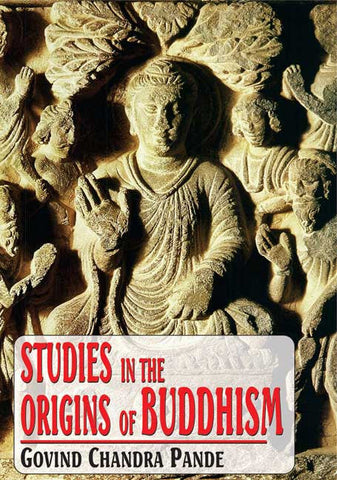
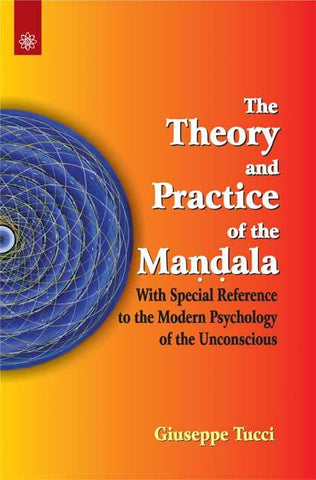
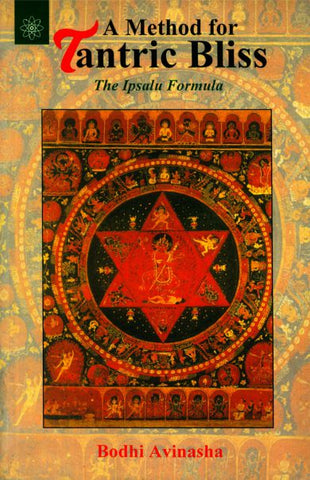
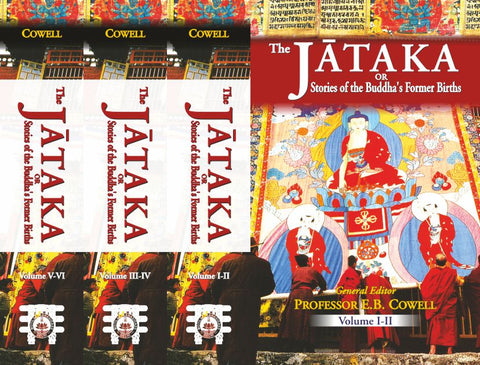
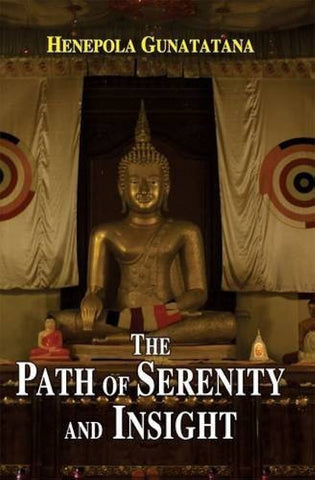
![The Rishukyo [Buddhica Britannica Vol.3]: The Sino-Japanese Tantric Prajnaparamita in 150 Verses (Amoghavajra's Version)](http://www.motilalbanarsidass.com/cdn/shop/products/RISHUKYO_large.jpg?v=1675417651)
